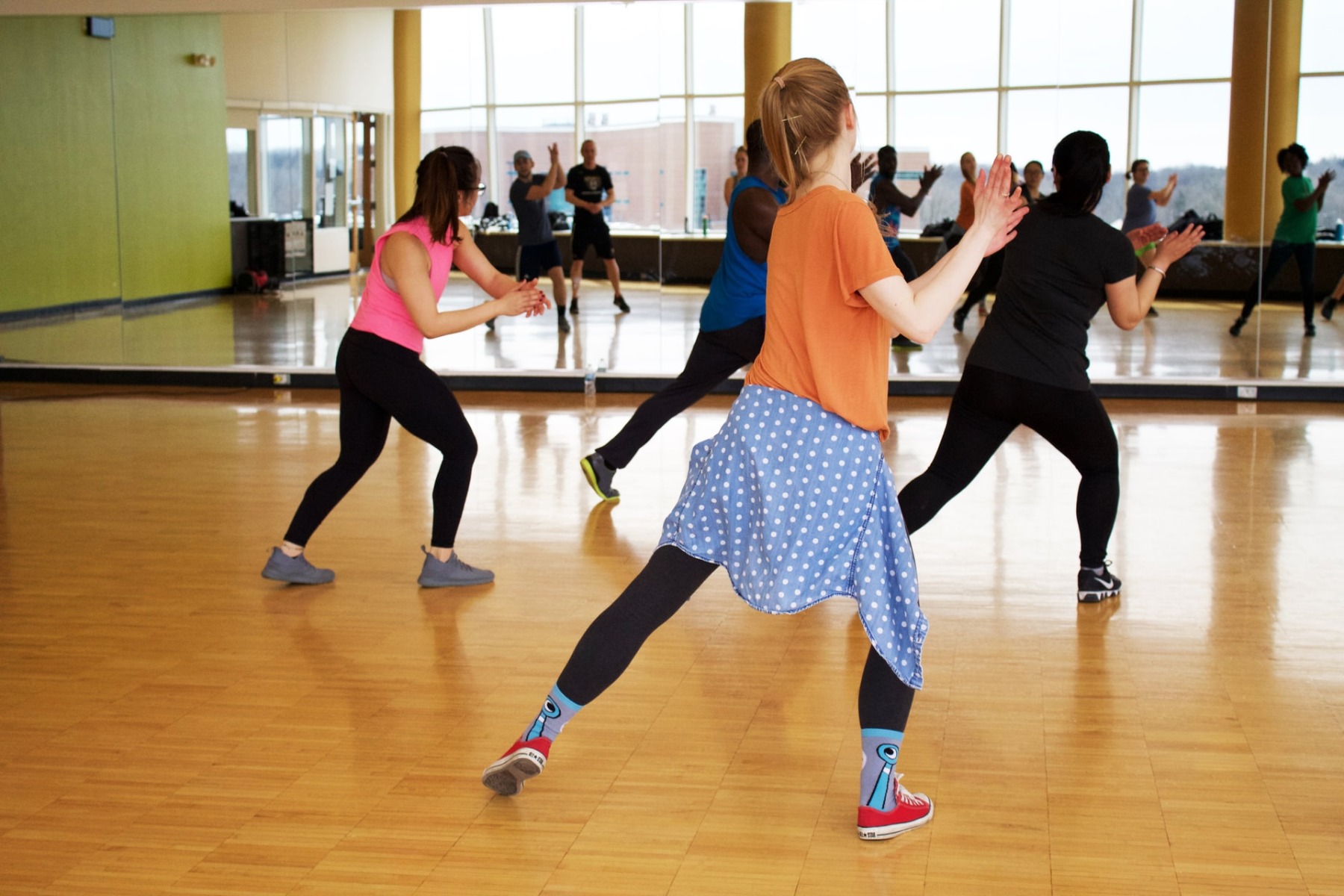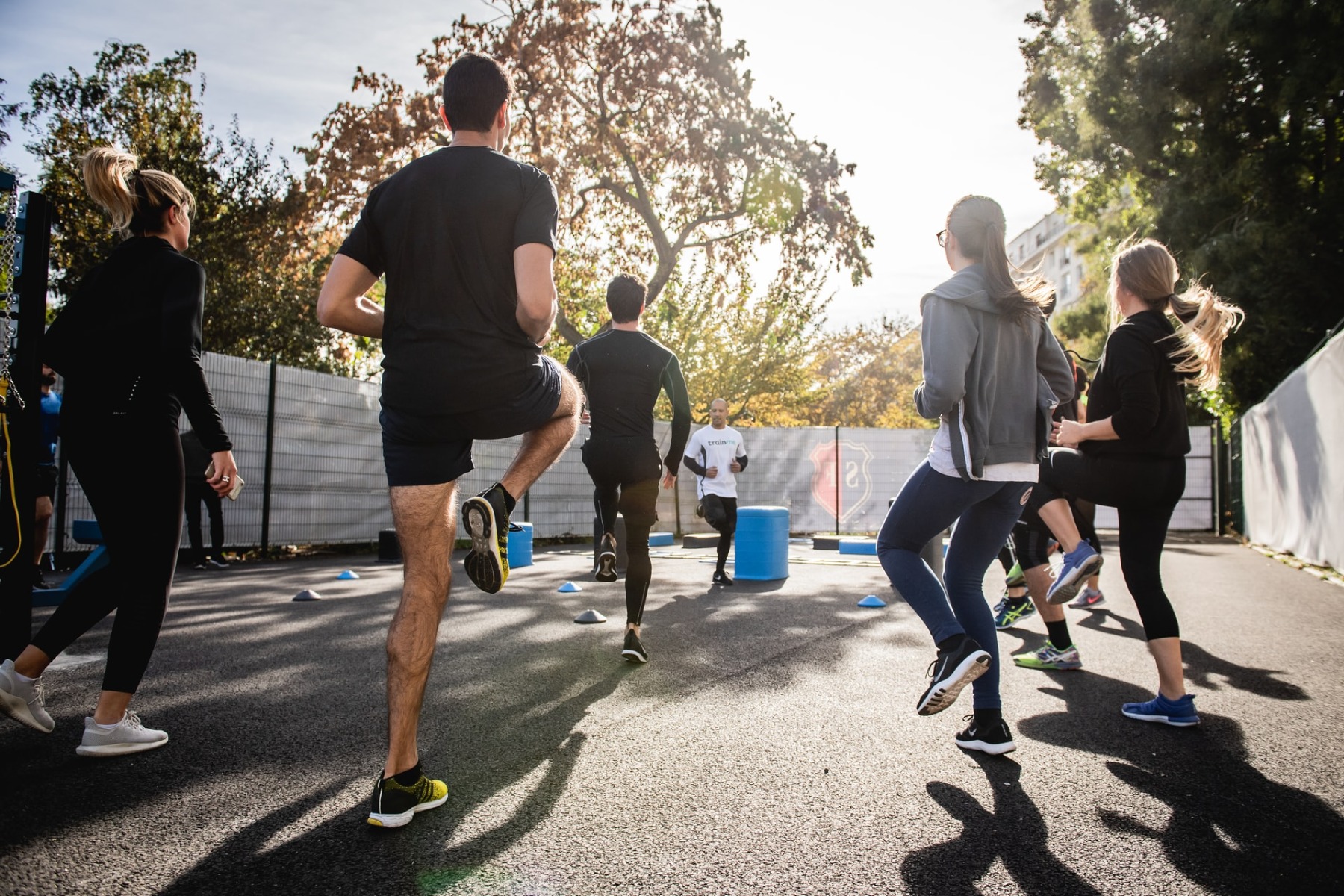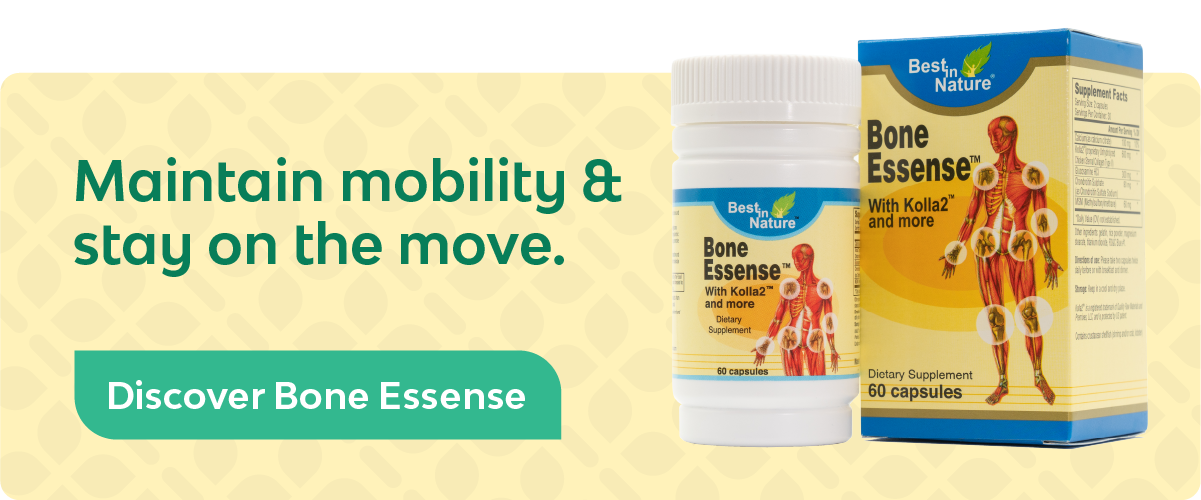
Reviewed and Updated: April 23rd, 2025
With the growing popularity of remote work and the convenience of online delivery, it’s been easier than ever to go days or weeks without any exercise at all. It’s so well-documented that we joke about the “quarantine-fifteen.” Long term, these lifestyles could lead to high risks of health complications such as heart disease and joint pain. Low-impact exercise is a quick and easy solution (along with a proper diet). It’s easy to commit to and will provide you with a wealth of benefits affecting your sleep patterns, heart health, and mental health.
Jazzercise repetitions in the morning. A half-hour of yoga before lunchtime. Low-impact exercise takes on many forms and we’re going to take a look below.
What Is Low Impact Exercise?

Exercise is just like a balanced diet: it can take on many unique forms depending on your lifestyle and personal preferences.
Low-impact exercise is a popular choice for older individuals, busy people, and those with mobility issues. Impact refers to how the exercise method targets the bones, muscles, and blood flow in the body. Despite its lighter strain, low-impact exercise reduces the probability of pulled muscles and provides much-needed benefits to your muscular and bone structure.
It focuses more on repetition than pure strength, gradually building up positive stress that pumps extra blood throughout your system and helps you shave off calories. Also as its name implies, the reduced stress of low-impact exercise means it's easier on your joints.
Other Reasons Low-Impact Exercise is Great for Your Joints
We covered in a previous article that exercise is a major contributor to bone strength and density. Additionally, low-impact exercise can help to strengthen the muscles around your joints. These two factors help to reduce the stress that can be felt by your joints.
You might think that exercise causes joint pain and might be avoiding it as a result. On the contrary though, not exercising can lead to stiff, painful joints. The reason is that keeping your muscles and surrounding tissue strong is crucial to maintaining support for your bones. Not exercising weakens those supporting muscles, putting more stress on your joints.
What Is The Difference Between High-Impact And Low-Impact Exercise?
You might have attempted high-impact exercise in the past and found it too strenuous. You might have even injured yourself accidentally. Low-impact exercise is a simple, reliable way to shave off pounds and keep your heart healthy without the repetitive stress of high-impact exercise.
High-impact exercise can be done safely, but because of the higher stress on your body, there is more need for proper form. For example, running with improper form or simply in excess leads to many injuries like stress fractures, plantar fasciitis, shin splints. Low-impact exercise, on the other hand, provides most of the same benefit while being easier on your body and thus drastically reducing your injury chances. Yoga, walking, hiking, cycling, and swimming are prime choices. Even the most relaxed low-impact exercise routine can still do wonders for stiff joints.
“...a simple walk in your regular routine is enough motion to get your blood circulating and activate your synovial fluid, which lubricates joints to reduce friction. The same could be said for an activity you love like golfing, basketball, tennis, or anything else that keeps you moving.”
[Related: What Is Peak Bone Mass And What Affects It?]
Who Can Benefit From Low-Impact Exercise?
Most people stand to benefit from regular low-impact exercise, but it's the ideal option over high-impact exercise for certain groups.
The primary beneficiaries of low-impact exercise include:
- Older adults - it develops balance and coordination and involves low strain on joints also posing a low risk for falls and injuries.
- Those recovering from an injury - by promoting the circulation of blood aiding in a speedy recovery.
- New to exercise and/or out of shape - it improves flexibility, promotes weight loss and mental health, while reducing the risk of injuries.
- Diagnosed with arthritis or have joint pain - by promoting movement of joints with less stress on them.
- Women who are pregnant - by aiding maintenance of healthy weight during pregnancy and preventing complications at birth.
- Significantly overweight - improve endocrine and immune responses associated with accumulation of adipose (fat) tissue, insulin sensitivity, and other complications.
“Exercise has almost countless benefits, such as improving mood, sleep, sexual health, and reducing the risk of heart disease and other adverse effects of aging. Being active also boosts memory and brain function and is widely reported to decrease depression and anxiety.”
Which Type Of Exercise Should I Choose?

Keeping up with an exercise regimen is hard if you don’t enjoy it. It’s essential you pick a low-impact exercise form that suits your lifestyle and, most importantly, resonates with you on a personal level.
Are you an artistic person? Consider simple jazzercise routines set to your favorite albums. If you want to get into meditation to reduce stress, yoga is a great two-for-one deal. Step aerobics is another great way to tone your legs while still letting you watch your favorite show. All of these, despite their low-key execution, will still stretch your muscles and work up a healthy sweat.
[Related: Bone Strengthening Exercises: Everything You Need To Know]
Benefits Of Low-Impact Exercise?
Benefits for low-impact exercise include: Exercise, when done consistently and correctly, provides an abundance of physical and mental health benefits. Some choose to exercise not only to lose weight but to sleep better or reduce their depressive symptoms.
- Being a great choice for beginners
- Decreasing the chance of bone fractures or breaks
- Improving flexibility and greater range of motion, which reduces the possibility of joint-related injuries
- Building strength and endurance while increasing cardiovascular health
- Requiring less recovery time
- The ability to do more activities
- Fostering better technique and alignment
- Increasing stability and balance, ideal for aspiring dancers and gymnasts
- Encouraging fat loss
- Helping destress
- Nurturing positive social connections
Examples Of Low-Impact Exercise

Disclaimer: make sure to talk to your primary doctor to see which form of exercise will be most beneficial to you. Without a proper physical or blood test, you could be missing out on vital deficiencies that will only get worse the longer they’re ignored.
If you’re experiencing the onset of osteoporosis, for example, you may want to consider jogging or hiking to build up your bone density. If you’ve suffered an injury and still need to keep moving, swimming is ideal to keep the strain off your injured body part. People who hunch at a computer all day are highly recommended to try yoga, as bad posture will lead to chronic back problems.
Common examples of low-impact exercise include:
- Walking
- Gardening
- Swimming or water aerobics
- Yoga
- Cycling
- Rowing
- Elliptical machine
- Bodyweight training
- Tai Chi
“Moderate exercise will strengthen your cardiovascular system, lower your blood pressure, protect against certain diseases, and help you control your body weight. Additionally, exercise causes the release of anti-inflammatory cytokines (the messengers of the immune system) before and after the exercise itself.”
Related: How To Stay Focused For Peak Productivity
Why Not Start Out With Low-Impact And See How You Like It?
It’s easy to get lost in lofty ambitions and make huge promises to yourself when starting an exercise regimen, like losing ten pounds in a month. Low-impact is a useful tool for being easy to do and only needed in short increments.
A low-impact exercise routine should be short and simple enough you can do it every day or every other day. Make sure to record your progress so you can see how you’re growing, as scientific studies have shown it helps people commit to their goals more consistently. Pair your low-impact exercise with a few dietary changes, even if it just means having a fish dinner twice per week or eating oatmeal instead of sugary cereal.

© 2021 Best in Nature All rights reserved








Validate your login
Sign In
Create New Account